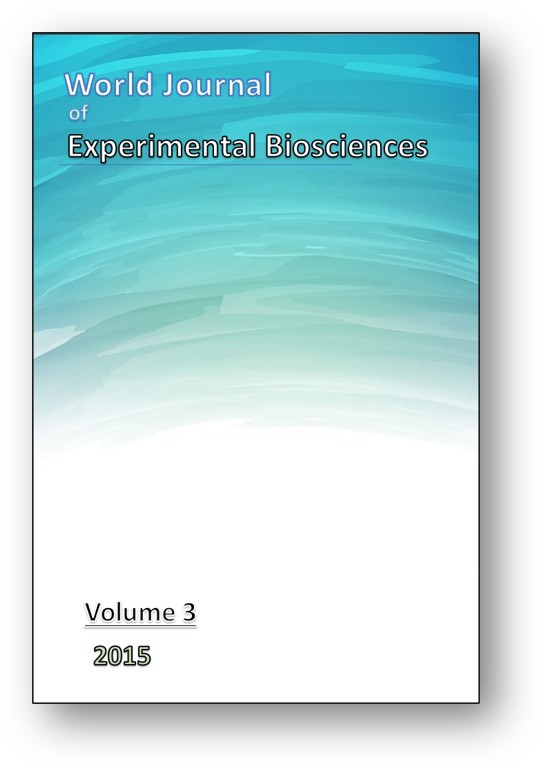Transformation of Saccharomyces cerevisiae by pET plasmid using lithium acetate
Keywords:
Plasmid, S. cerevisiae, Transformation.Abstract
The recombinant pET 16b was propagated and amplified in E. coli using heat shock method, then plated and incubated on luria agar containing ampicillin (100μg/ml) for 18 hours at 37ºC. One colony was picked and mini-culture was made. Transformed E. coli was cultured on luria broth containing ampicillin. After incubation 18 h at 37˚C the recombinant plasmid was extracted using QIAprep Spin Miniprep Kit from transformed E. coli and transferred to Saccharomyces cerevisiae using lithium acetate/SS carrier DNA/PEG. The positive transformed clones were grown on selective media lacking of tryptophan. The plasmid was extracted using the same extraction kit with some modification and the concentration of obtained DNA was 70.8 ng/μl measured by Nanodrop. In this study, the recombinant pET 16b that amplified in E. coli was transformed in S. cerevisiae by lithium acetate method.
Downloads
Published
Issue
Section
License

This work is licensed under a Creative Commons Attribution-NonCommercial-NoDerivatives 4.0 International License.
All articles in the World Journal of Experimental Biosciences are published under the terms of the Creative Commons Attribution 4.0 International License (CC BY 4.0), which permits unrestricted use, distribution, and reproduction in any medium, provided the original work is properly cited.






